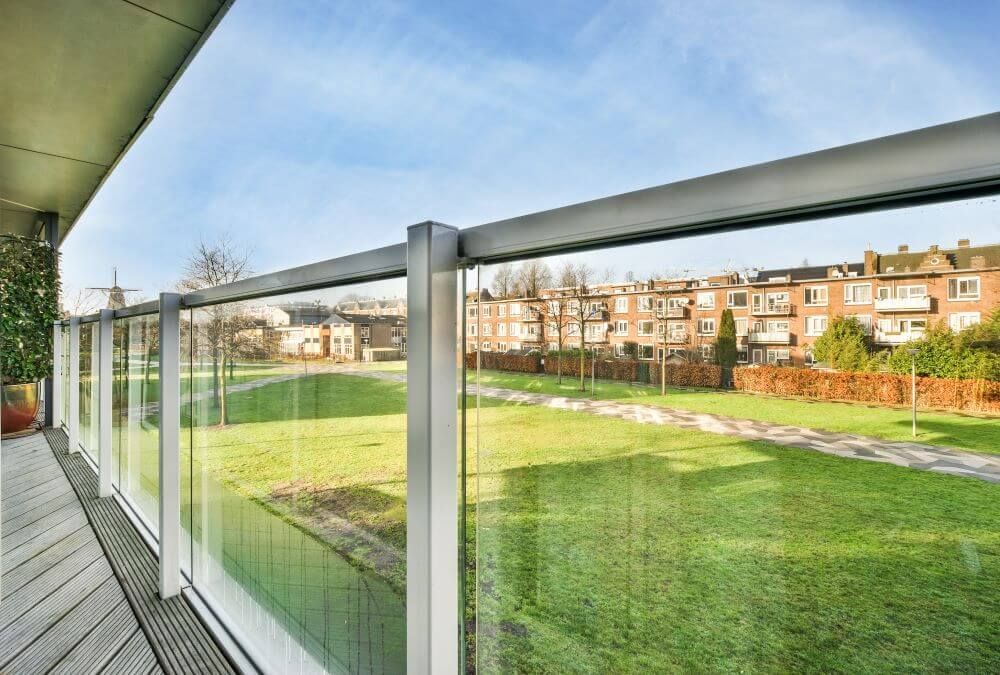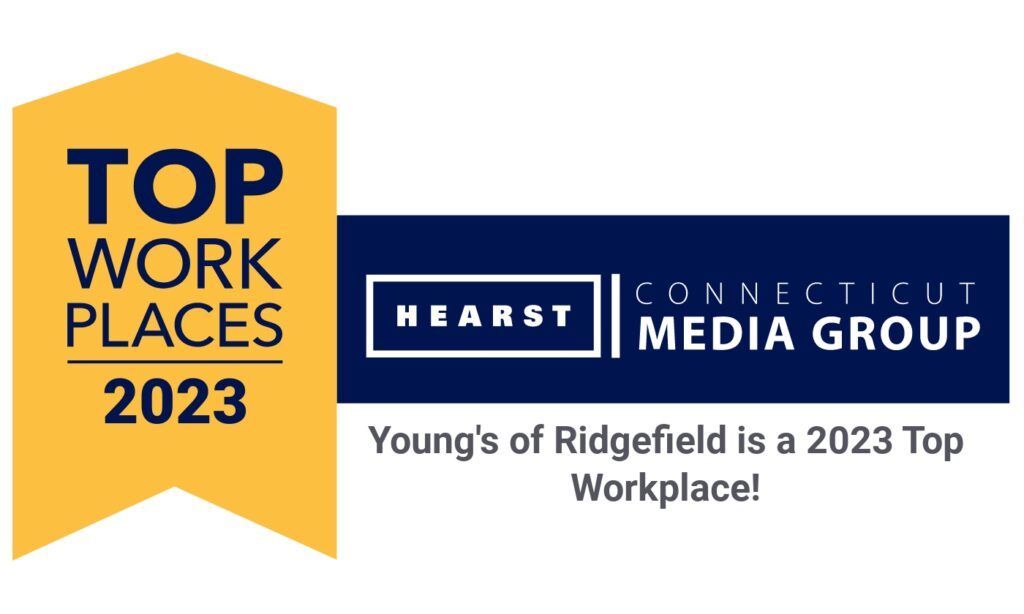Exploring the Latest Trends in Residential Fencing Designs
The dynamic world of residential fencing is witnessing a remarkable transformation, driven by advances in materials, design philosophy, and technology. Today’s homeowners view fences not just as functional boundaries but as integral elements of their home’s architecture and landscaping. This article will discuss the latest trends in residential fencing, highlighting how these innovations cater to sustainability, aesthetics, and personalization, thereby enhancing both security and curb appeal.
Eco-Friendly Materials and Sustainable Practices
The green movement has significantly influenced the choice of materials and construction practices in residential fencing. As environmental sustainability becomes a paramount concern, homeowners and designers are gravitating toward materials that offer durability, aesthetic appeal, and a minimal environmental footprint.

Bamboo and Sustainable Woods
Bamboo, with its rapid regrowth cycle, stands out as a prime choice for eco-friendly fencing. It offers a robust and versatile fencing solution that harmonizes with natural surroundings. Similarly, sustainably sourced woods like cedar and redwood, certified by environmental organizations, are becoming popular for their durability and natural resistance to decay.
Recycled Materials
Recycled plastic and composite fencing materials are making strides, combining the visual appeal of traditional wood with the resilience and low maintenance of synthetic products. These materials not only reduce landfill waste but also resist weathering and pests, ensuring longevity and reducing the need for replacements.
Living Fences
The concept of living fences —comprising hedges, shrubbery, and trees—embodies a holistic approach to sustainability. These green barriers provide privacy and security while enhancing biodiversity, improving air quality, and supporting local ecosystems.
Minimalist and Modern Designs
The minimalist climate, characterized by simplicity, clean lines, and a monochromatic palette, has permeated fencing design, reflecting modern architectural trends and the growing preference for understated elegance.
Sleek Materials
Aluminum, steel, and tempered glass fences embody the minimalist trend , offering sleek profiles that complement contemporary home designs. These materials not only provide a modern look but also ensure durability and ease of maintenance.
Integrated Landscaping

Minimalist fencing designs often incorporate elements of the surrounding landscape, blurring the lines between the built and natural environments. This integration creates a seamless aesthetic that enhances both the property and its natural setting.
Horizontal Lines
The preference for horizontal slat designs over traditional vertical pickets offers a modern twist on privacy fencing. This design choice expands visual space, making properties feel larger and more open while maintaining a sense of seclusion.
Smart Fences and Technological Integration
The advent of smart technology in residential fencing is revolutionizing the way homeowners think about security and convenience. Today’s fences are not just physical barriers but integrated components of the home’s overall smart ecosystem.
Security Enhancements
Innovations such as motion sensors, surveillance cameras, and automated lighting have been seamlessly integrated into fence designs, offering homeowners enhanced security and peace of mind. These smart features can be monitored and controlled remotely via smartphones or other devices, providing real-time security updates.
Automation and Convenience
Automated gate systems, equipped with voice recognition or license plate scanning, offer convenient and secure entry for residents and authorized visitors. This technology streamlines access while maintaining strict control over who enters the property.
Connectivity and Integration
Smart fences are increasingly becoming part of a connected home environment, integrating with other smart home systems for holistic management. This connectivity allows for coordinated responses to security alerts, environmental changes, and even lifestyle patterns, ensuring the fencing system is not just a boundary but an active participant in the home’s security and functionality.
Natural Integrations and Landscaping Harmony

Integrating fencing with the surrounding landscape fosters a sense of continuity between the built and natural environments. This approach can include:
- Living Walls : Incorporating climbing plants, hedges, or even vertical gardens into fencing designs not only enhances privacy and security but also promotes biodiversity and adds a dynamic layer of texture.
- Water Features : Embedding water elements like small waterfalls or streams adjacent to or within fence structures create a tranquil ambiance and a unique visual experience.
- Stone and Wood Natural Blends : Using natural stone and wood in fencing designs helps the structure blend with the landscape, especially in settings that already feature these elements.
Such integrations not only elevate the fence’s visual appeal but also contribute to a more cohesive and inviting outdoor space.
Customization and Personalization Options
The drive towards personalized living spaces has seen a surge in fencing options that cater to individual preferences in style, color, and functionality.
- Color Choices : Beyond the natural hues of wood or the standard colors of metal, homeowners can now choose from a broad spectrum of colors to match or contrast with their home’s exterior.
- Architectural Continuity : Fencing designs can be tailored to echo the architectural features of the home, creating a unified look that extends from the structure to the boundary.
- Functional Additions : Customization also extends to functional features, such as built-in seating, lighting, or even security enhancements, making the fence a multifunctional element of the outdoor living space.
This trend underscores the shift towards viewing fences not just as boundary markers but as integral components of the home’s design and functionality.
The landscape of residential fencing is evolving, with trends leaning towards sustainability, technological integration, and personal expression. Today’s fencing options offer more than security and privacy; they are an extension of the homeowner’s personality and aesthetic preferences. As we explore the latest trends in residential fencing designs, it becomes clear that the choice of fencing is a crucial aspect of home design, impacting both the functionality and visual appeal of residential properties. These trends not only reflect the changing tastes and priorities of homeowners but also illustrate the fencing industry’s ability to innovate and adapt to contemporary demands.
The post Exploring the Latest Trends in Residential Fencing Designs appeared first on Young's Fencing & Landscaping.









Share On: